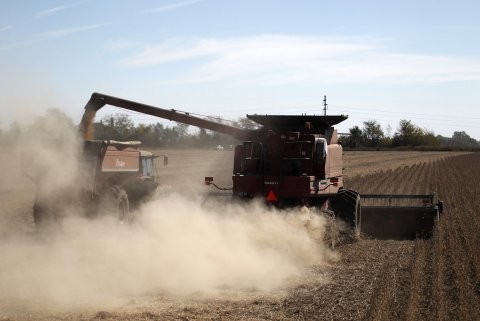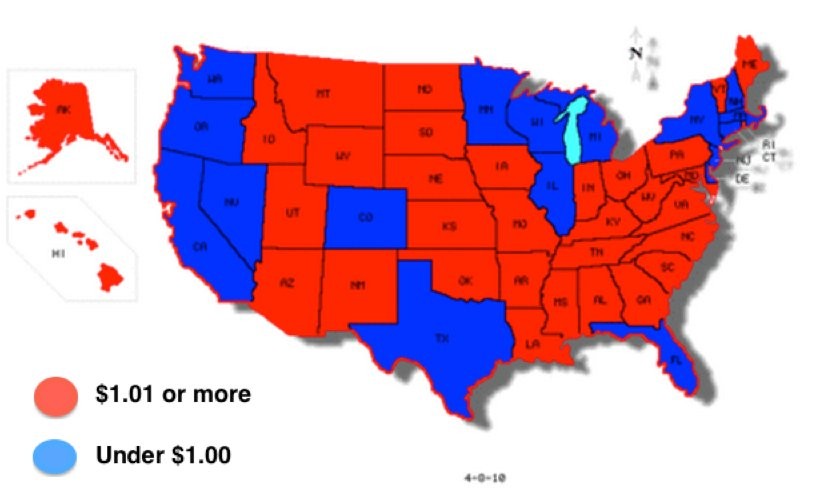The Best Place To Buy Agricultural Land Is In This South American Country Business Insider
Post on: 24 Май, 2015 No Comment

May 7, 2012
Asuncion, Paraguay
Long-time readers know that I’m unabashedly bullish on agriculture. The supply and demand fundamentals for food speak for themselves, but let’s briefly review:
On the demand side:
1) World population isn’t getting any smaller for now. Even some of the most Malthusian models show a continued rise in global population for the next few decades until peak resources and economic conditions begin to thin the herd. In the meantime, demand for basic sustenance will continue to rise.
2) More importantly, millions of people in the developing world are being lifted from poverty into the middle class. More wealth means demand for more Calories. Not only does this increase general food demand, but often specific demand for things like beef which require far greater resources to produce.
On the supply side:
1) While industrial farming techniques and genetic modification have dramatically increased productive yield, cultivated land is on the decline. The UN Food and Agriculture Organization estimates that, over the last several decades, cultivated land per capita has declined by 43% worldwide.
2) Topsoil erosion, anomalous weather, and lack of water availability are becoming especially problematic in certain countries, further reducing the supply of arable land.
3) Rising input costs (particularly oil prices) have pushed many farmers out of business in recent years, reducing the already low number of people who dedicate their lives and land to feeding everyone else.
And of course, there’s the monetary side… arguably the most important factor:
1) Central bankers continue to expand their balance sheets and create more money at an alarming rate. This pushes up the price of real assets like agricultural commodities as there is simply too much paper chasing to scarce resources.
2) Meanwhile, politicians have enacted completely idiotic policies to subsidize and encourage inefficient biofuels, further reducing food output.
It’s true that technology may very well save the world from its agricultural woes one day, but this is unlikely to take place over the next few years.
As such, the above points suggest that, at a minimum, food prices are bound to keep rising.
I see this over and over again throughout the world as I travel, particularly in developing countries where food purchases often comprise more than half of a typical household budget.
Rising food prices mean that people are forced into making very difficult choices. And history teaches us that, while people generally put up with a lot of BS from their governments, all bets are off if a food crisis strikes.
From the French Revolution (Let them eat cake!) to the Arab Spring, messing with someone’s ability to put food on the table for his family has almost always caused a restructuring of the social contract.
Politicians understand this. It’s why some governments (Saudi Arabia, Kuwait) provide retail food subsidies, and why others (Russia, Argentina) foolishly mandate food export bans… or even try price fixing.
Between the obvious supply and demand challenges, the political and monetary idiocy that exacerbates the problems, and the potential revolutionary spark, it makes sense to have a position in agriculture.

The most comprehensive way to do this, by far, is to own agricultural property. Sure you could buy ETFs and futures contracts, but just like in the gold market, such instruments are full of counterparty risk and exposed to a manipulated financial system.
Owning a farm or ranch is like owning physical gold. Instead of trading one kind of paper (fiat currency) for another (ETFs), buying agricultural property or physical gold is essentially trading paper for a real asset.
Regionally, the best deal in the world right now on a risk-adjusted basis for farmland or grazing land is definitely Latin America, specifically Chile, Uruguay, and here in Paraguay.
Paraguay is, in fact, still the cheapest place in the world I’ve seen for agricultural property… particularly in the dry Chaco area where you can pick up an acre of land for the price of a couple of pizzas.
To give you an example, a friend of mine is looking at a 5,000-acre plot in the central Chaco for less than $300,000.
On the other side of the country near the quaint town of Paraguari, I’ve seen a small 50-acre, fully planted personal farm with a spacious home for just over $100,000. Based on my math, they’re selling the house for the cost of construction and giving away the land for free. Not a bad deal…
The carrying capacity, growing conditions, and soil quality in Paraguay are lower than in most of Uruguay and central Chile, but the net yields (particularly for cattle, soy, corn, and stevia) are still strong.
The dark side to Paraguayan agriculture is that ultra-cheap prices have attracted the likes of Monsanto, which is using some of Paraguay’s countryside as proving grounds for its genetically modified seeds.
Overall, though, Paraguay is definitely worth the trip if you’re interested in foreign agricultural property. The barrier to entry is quite low given the ridiculously cheap prices and reasonable foreign asset ownership rules, while the potential for both yield and speculative upside are quite high.














